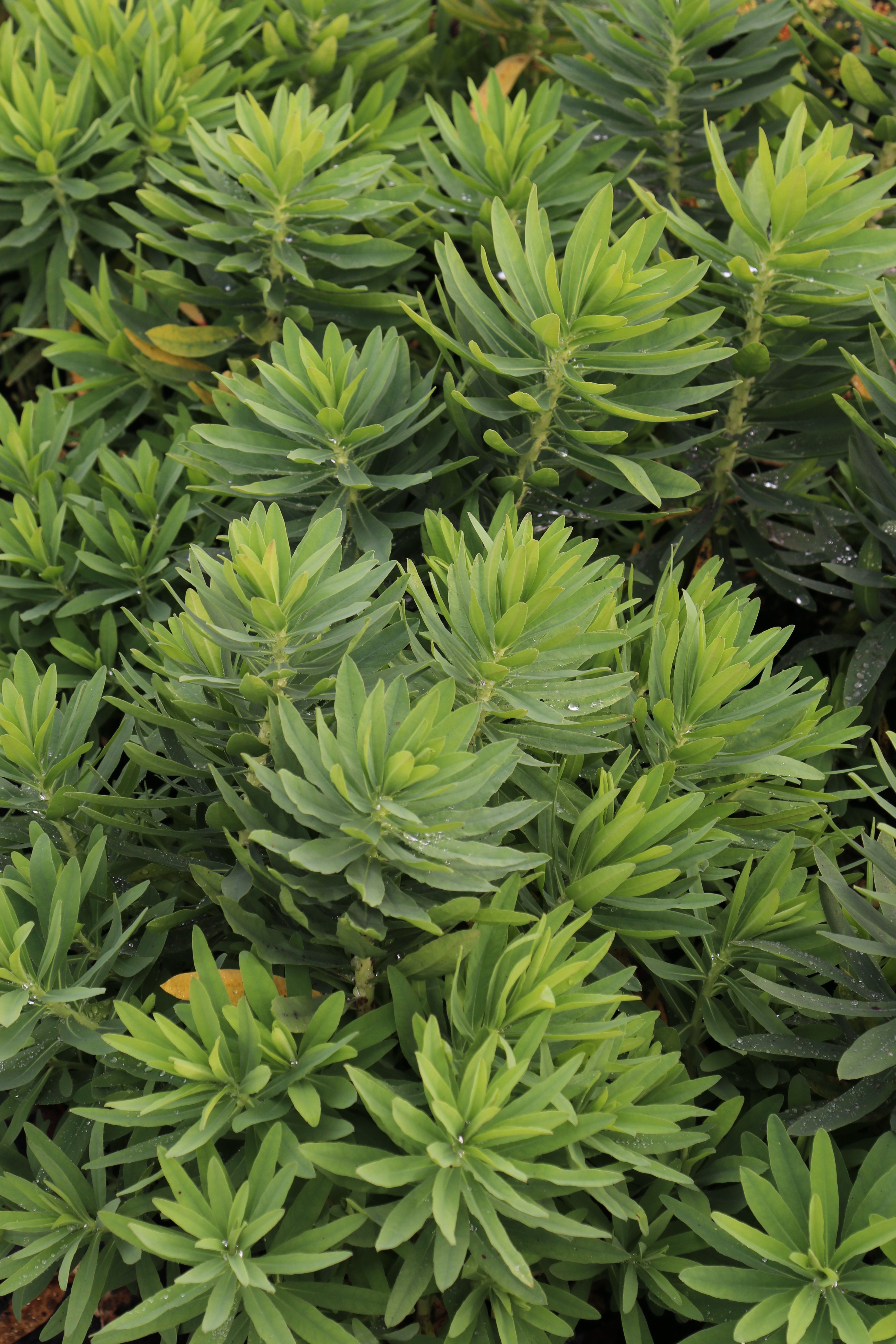Always choose healthy, well-grown plants and plant after autumn rains. Before planting, ensure the root ball is saturated and remove the planter bag or pot with minimal root disturbance. Trim any broken roots and plant at the same level as in the container. Dig a hole twice the diameter of the root ball and firm in and water once planted. Make sure plants are watered well until established if planting in a drier period. Plant with some general slow-release fertiliser and then every spring apply an organic-based fertiliser such as blood and bone at a handful per square metre as new growth begins. Planting too closely leads to spindly growth, poor flowering and eventual decline. In a well-planned border, the plants in flower should just touch each other to create a “full” effect without overcrowding. Plant approximately 80cm apart.




.jpg?width=1200&height=1200&v=1d4024dceb89e50)

.jpg?width=1200&height=1200&v=1d5569224d63650)
 .jpg?width=1200&height=1200&v=1d4024df6ce2770)
.jpg?width=1200&height=1200&v=1d55676a892f2b0)
 .jpg?width=1200&height=1200&v=1d4024e3b65f7f0)